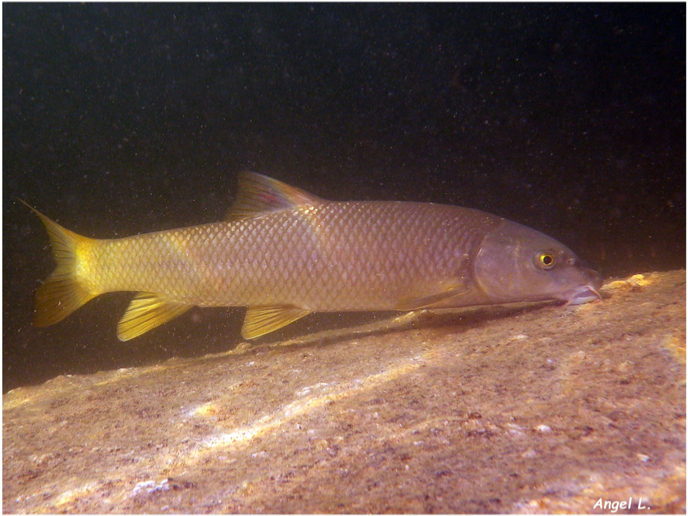Fish quick on the draw in rapidly changing surroundings
There are certain times of the day when we use more electricity. To satisfy these peaks in demand, hydropower plants vary the amount of electricity they produce. They do this by periodically creating rapid fluctuations in the flow of water downstream of the hydropower plant. Called hydropeaking, these unnatural fluctuations are believed to be the reason for the decline in freshwater fish downstream from plants. While some studies have proposed solutions for fish of the salmon family, it’s unclear how these mitigation measures affect other piscine families. A study published in the scientific journal ‘PLOS ONE’ has sought to bridge this knowledge gap. With support from the EU-funded FIThydro project, the researchers participating in the study have focused on how a member of the carp family, the Iberian barbel (Luciobarbus bocagei), is affected by rapid changes in its environment. “These fish are an important indicator of ecosystem health in the Iberian peninsula and in many other European rivers. Hydropower operations and the uncertainty caused by climate change mean we need to begin to look at the compound effects of rapid changes, from ‘the fish’s perspective’,” first author and University of Lisbon research biologist Maria Joao Costa said in a news release posted on EurekAlert! Obstacle courses in simulated rivers In the study, the researchers simulated hydropeaking and low-water discharge conditions in an indoor flume. Along with varying the current and water depths, they also added and removed obstacles – solid triangular pyramids and v-shaped structures – to see how the Iberian barbel behaved in the different scenarios. To investigate the fish’s responses to hydropeaking, the project team assessed their glucose and lactate levels, which are indicators of stress. They also studied the barbel’s movements in response to the obstacles (or absence thereof) and changes in motion at peak flows. The project found that the fish were able to respond quickly to rapidly changing flows when on their own and when in groups. In the same news release, co-author Jeffrey Tuhtan of project partner Tallinn University of Technology said: “The findings suggest that cues initiated by obstacles in the flow can be detected by fish to find energetically-beneficial places in the flow even under extreme and rapid environmental change.” A major difficulty when studying how rapid flow fluctuations affect fish behaviour is attributing a behavioural response to a particular flow fluctuation. To address this problem, the researchers used an artificial lateral line probe that applies the principles of a fish’s mechanosensory system. Fish experience their surroundings via their inner ear sense organs and the lateral line system. The latter consists of a series of sense organs located along the body that can help the fish detect movements and pressure changes in the surrounding water. The study’s novel approach combined biological observations of fish swimming alone and in groups with this fish-inspired sensing technology. Understanding how fish’s advanced sensing capabilities help them respond to rapid changes in their surroundings will help scientists find ways to improve climate change resilience, according to project co-author Prof. Antonio Pinheiro of Lisbon University. FIThydro (Fishfriendly Innovative Technologies for Hydropower) will continue to investigate environmental solutions that avoid harming fish populations. The project concludes in 2020. For more information, please see: FIThydro project website
Countries
Germany



